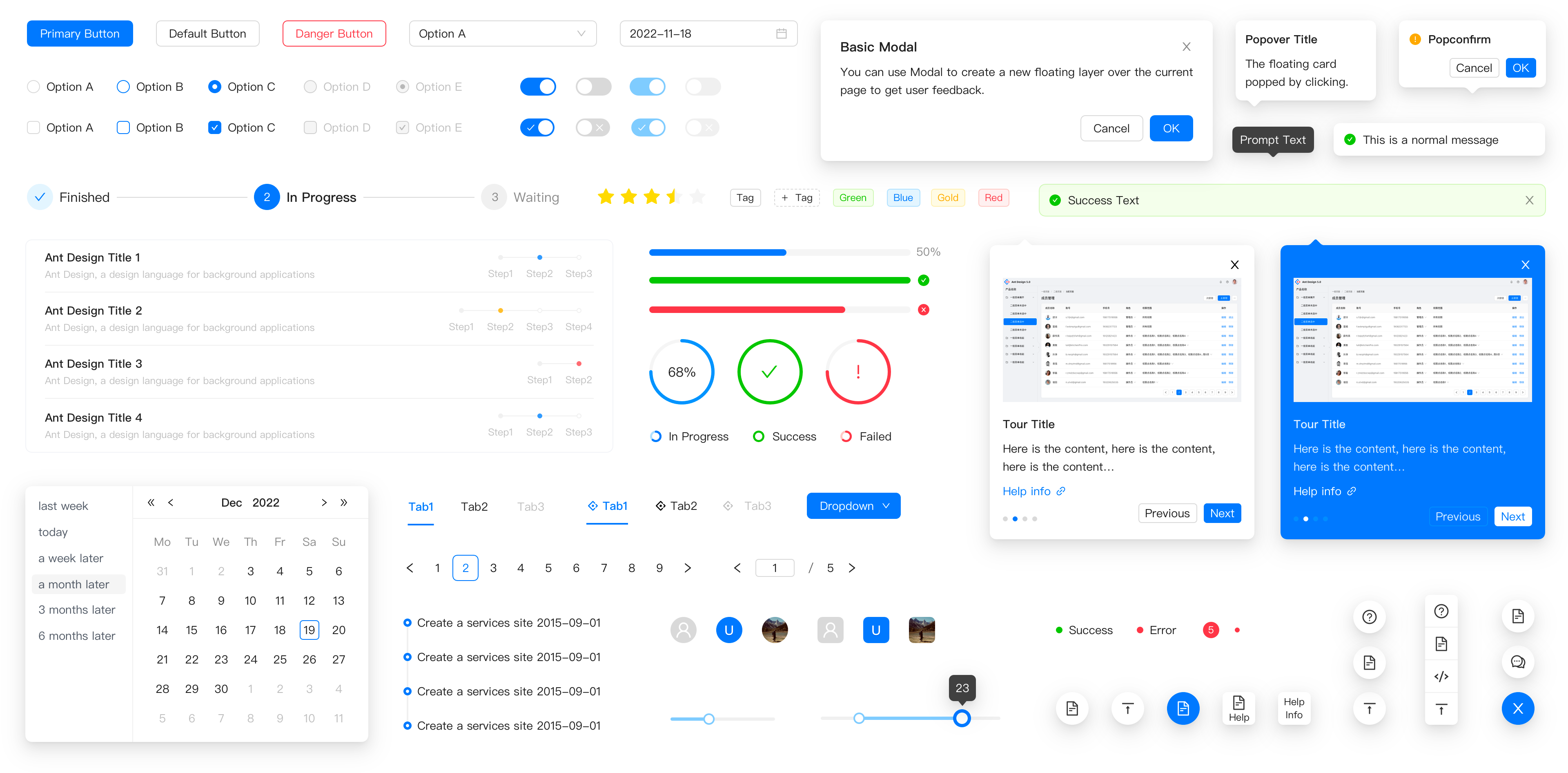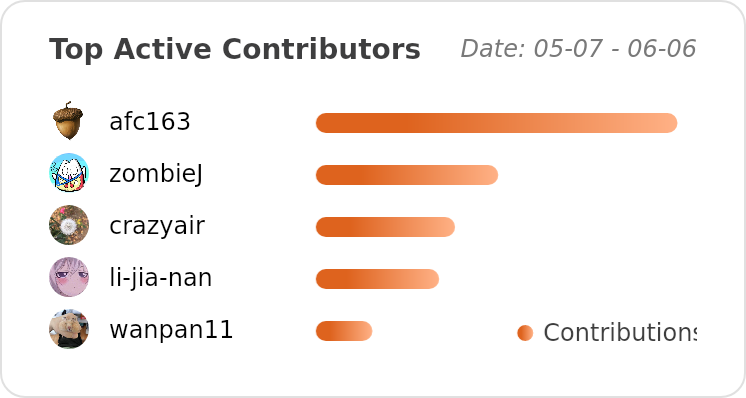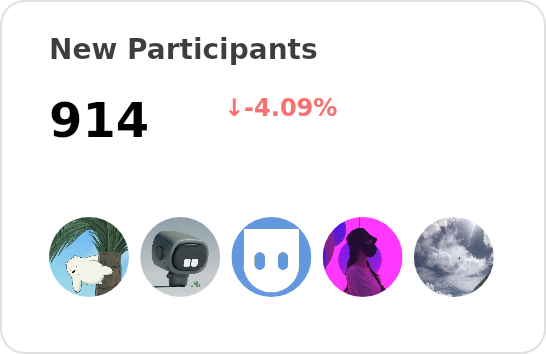Integration
- antd:
Ant Design's table component is part of a larger UI framework, providing a cohesive design language. It offers built-in support for responsive design and accessibility, making it suitable for enterprise applications that require a professional look and feel.
- react-table:
react-table is a headless utility that allows developers to build custom table components from scratch. It does not impose any styling or structure, giving full control over the table's appearance and behavior.
- react-data-table-component:
react-data-table-component is a standalone library that can be integrated into any React application. It provides flexibility in styling and behavior, allowing developers to create custom table designs without being tied to a specific UI framework.
- @material-table/core:
@material-table/core integrates seamlessly with Material-UI, making it a great choice for projects that already utilize Material Design principles. It allows for easy customization of styles and themes, ensuring consistency across the application.
- mui-datatables:
mui-datatables is designed to work with Material-UI, offering a familiar API for developers already using Material components. It allows for easy integration and customization while maintaining the Material Design aesthetic.
- react-bootstrap-table-next:
This library is built to work with Bootstrap, providing a straightforward way to create tables that match Bootstrap's styling. It ensures that tables are responsive and visually consistent with other Bootstrap components.
Customizability
- antd:
Ant Design's table component is highly customizable with props for controlling pagination, sorting, and filtering. Developers can easily extend the table's functionality by using additional Ant Design components.
- react-table:
react-table is designed for maximum customizability, allowing developers to create complex table structures and behaviors. It provides hooks for managing state and rendering, enabling fine-tuned control over every aspect of the table.
- react-data-table-component:
react-data-table-component offers a high degree of customizability, allowing developers to define custom cell renderers and styles. It supports features like expandable rows and custom row selection, making it adaptable to various use cases.
- @material-table/core:
@material-table/core offers a range of customization options, including custom renderers for cells and headers. It allows developers to define their own components for specific columns, providing flexibility in how data is displayed.
- mui-datatables:
mui-datatables provides extensive customization options, allowing for custom column rendering, filtering, and sorting. It also supports theming, enabling developers to align the table's appearance with their application's design.
- react-bootstrap-table-next:
This library allows for customization of table columns and rows, including custom cell rendering and styling. It supports Bootstrap's utility classes for easy styling adjustments.
Performance
- antd:
Ant Design's table component is built with performance in mind, supporting features like virtual scrolling and optimized rendering to handle large datasets smoothly.
- react-table:
react-table is highly performant, especially with large datasets, as it allows for custom optimizations and supports features like virtual scrolling to improve rendering times.
- react-data-table-component:
react-data-table-component is lightweight and optimized for performance, supporting features like lazy loading and pagination to ensure smooth rendering of large datasets.
- @material-table/core:
@material-table/core is optimized for performance with features like lazy loading and virtual scrolling, which can handle large datasets efficiently without compromising user experience.
- mui-datatables:
mui-datatables is designed to handle large datasets efficiently, with features like server-side pagination and filtering that minimize client-side processing.
- react-bootstrap-table-next:
This library performs well with moderate-sized datasets, but may require optimization techniques like pagination for very large datasets to maintain performance.
Learning Curve
- antd:
Ant Design has a moderate learning curve due to its comprehensive nature. Developers may need time to familiarize themselves with the entire library, but the documentation is extensive and helpful.
- react-table:
react-table has a steeper learning curve due to its headless nature. Developers need to understand how to build tables from the ground up, but it offers unparalleled flexibility once mastered.
- react-data-table-component:
react-data-table-component has a moderate learning curve, with a clear API that is easy to understand. However, mastering its customization options may take some time.
- @material-table/core:
@material-table/core has a gentle learning curve, especially for developers familiar with Material-UI. Its API is straightforward, making it easy to implement basic features quickly.
- mui-datatables:
mui-datatables is relatively easy to learn for those who have experience with Material-UI. Its API is intuitive, but advanced features may require deeper understanding.
- react-bootstrap-table-next:
This library is easy to pick up for developers familiar with Bootstrap. The API is simple, allowing for quick implementation of basic table features.




































